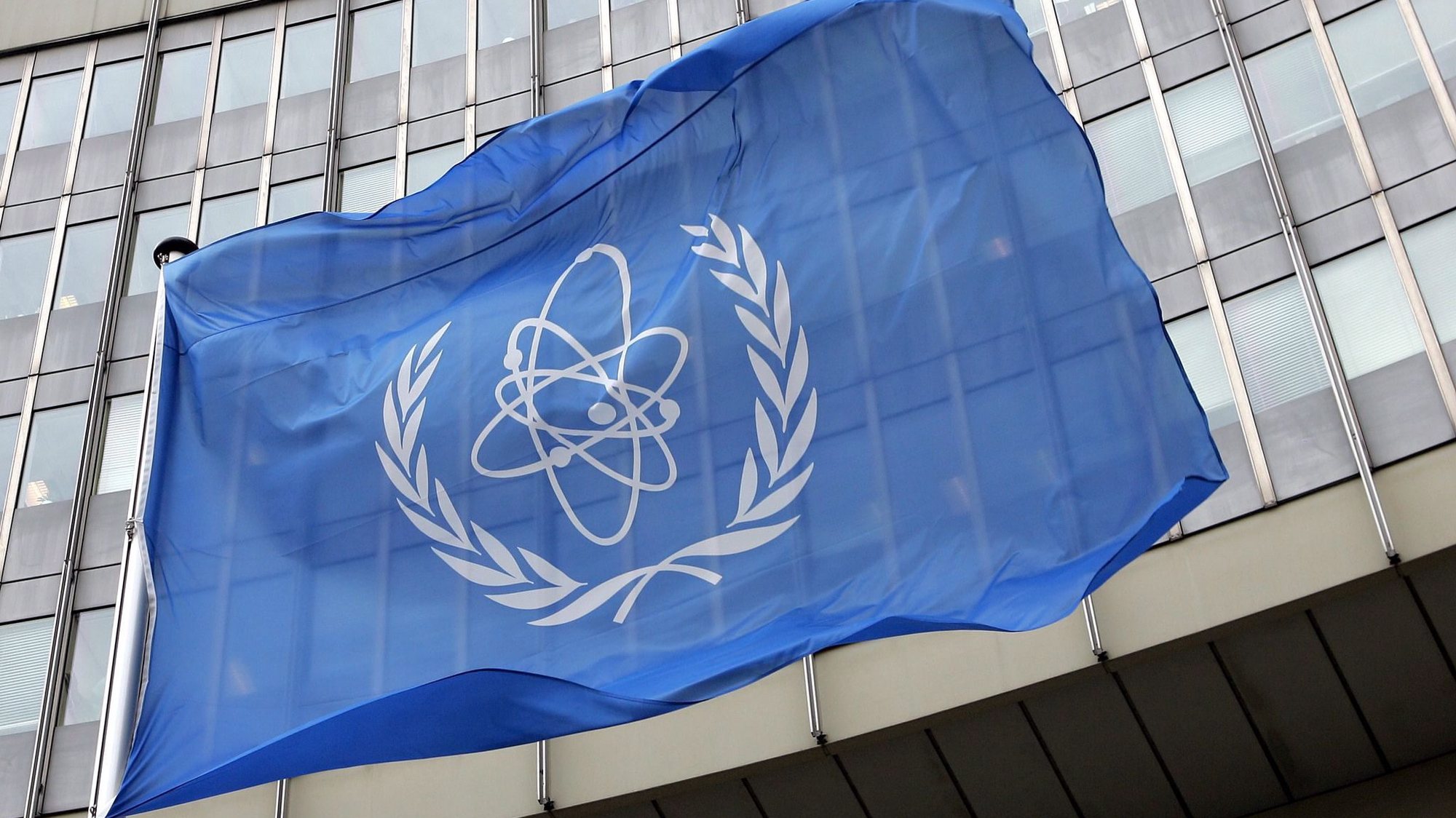
Some 2.5 tons of natural uranium that was stored in Libya disappeared, the International Atomic Energy Agency confirmed Thursday, fearing security and proliferation problems.
EITHER Natural uranium cannot be used directly for energy production requiring the mineral enrichment process through sophisticated centrifugation means.
Even so, each ton of natural uranium —held by groups with means and technological resources— can be transformed into 5.6 kilograms of “material capable of warfare,” according to specialists.
The director of the International Atomic Energy Agency (IAEA), Rafael Mariano Grossi, based in Vienna, informed the different States on Wednesday about the disappearance of natural uranium which was in Libyan territory.
“The security agency (IAEA) discovered that 10 barrels containing a total of 2.5 tons of natural uranium were not found where Libya said they were,” says a note released Thursday by the United Nations agency.
The agency will take steps to clarify the circumstances that led to the disappearance of the nuclear material as well as the place where it is located”, added the IAEA statement.
Initially, the Reuters agency reported the IAEA’s concerns related to the disappearance of Libyan uranium, stating that elements of the UN agency were in the place where the material was found and that it was not under government control (Tripoli ).
The IAEA does not provide further details about the disappearance.
According to the Associated Press, the place where the uranium drums were located is in Sabha, 660 kilometers southeast of the capital, in an area close to the Sahara desert and outside the control of the Tripoli authorities.
In this place, the former dictator of Libya Muammar Gaddafi (1942-2011) had thousands of barrels of natural uranium in storage (“yellowcake”) to be later transformed into a uranium conversion unit, which was never built.
In 2003, after the invasion of Iraq by the international coalition led by the United States, Gaddafi announced his intention to build a nuclear program, using the stored material.
Part of the material (natural uranium) was removed by UN inspectors from the countrybut about 6,400 barrels remained in Sabha.
According to diplomatic messages released by the WikiLeaks portal in 2009, the United States expressed fear over Iran’s alleged intentions of accessing Libya’s uranium.
Gaddafi was assassinated after the Arab Spring uprisings in 2011, at a time when civil war broke out in Libya.
In recent years, Sabha has become one of the crossing points for irregular migration routes controlled by human smugglers.
The Sabha region is under the control of the self-proclaimed Libyan National Army, commanded by General Khalifa Hifter.
According to the Associated Presse, Hifter was a former contact for the US intelligence services (CIA), especially during the Gaddafi regime in which he lived in exile.
At this time, Hifter is fighting the Tripoli government for control of the entire country.
A spokesman for the general declined any clarification on the uranium.
Forces from the Chadian Front for Change and Harmony group are also present in the same area, especially in the south of the city of Sabha.
Source: Observadora